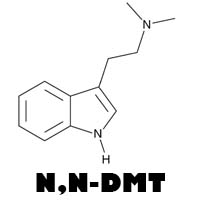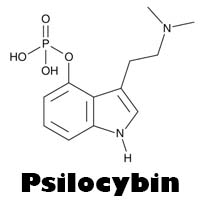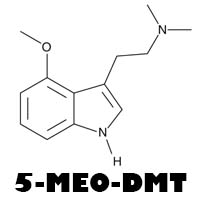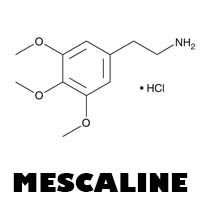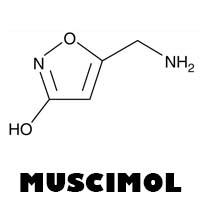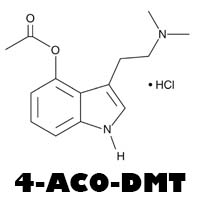The Fascinating History of Psychedelics: From Ancient Rituals to Modern Medicine
Psychedelics, also known as hallucinogens, have a long and varied history that spans cultures, continents, and millennia. These substances have been used for religious, medicinal, and recreational purposes, shaping human experience and cultural practices in profound ways. In this blog post, we'll explore the fascinating journey of psychedelics from ancient rituals to their current renaissance in modern medicine.
Ancient Roots: The Birth of Psychedelic Use
Psychedelics have been used by indigenous cultures for thousands of years. Archaeological evidence and historical records indicate that these substances played a crucial role in spiritual and religious practices.
1. Shamanic Traditions
In many ancient cultures, shamans used psychedelics to enter altered states of consciousness. For example, the use of Ayahuasca in the Amazon basin and Peyote in Native American rituals date back centuries.
2. Ancient Egypt and Greece
There are indications that ancient Egyptians and Greeks also had knowledge of psychedelic plants. The Eleusinian Mysteries of ancient Greece, a series of secretive religious rites, are believed to have involved a psychedelic potion known as Kykeon.
The 20th Century: Rediscovery and Research
The early to mid-20th century saw a resurgence of interest in psychedelics, primarily in Western societies.
3. Albert Hofmann and LSD
In 1938, Swiss chemist Albert Hofmann synthesized LSD (lysergic acid diethylamide), which became widely known after his famous "Bicycle Day" experiment in 1943. LSD quickly gained popularity in psychiatric research for its potential to treat various mental health conditions.
4. Psilocybin and Timothy Leary
In the 1950s and 1960s, Harvard psychologist Timothy Leary became a prominent advocate for the use of psilocybin mushrooms and LSD. His work and the broader counterculture movement brought psychedelics into the public eye, both positively and negatively.
The Psychedelic Renaissance: Modern Medicine and Therapeutic Potential
The late 20th and early 21st centuries have seen a renewed interest in the therapeutic potential of psychedelics, often referred to as the "Psychedelic Renaissance."
5. Scientific Research and Clinical Trials
Recent research has shown promising results for the use of psychedelics in treating mental health conditions such as depression, PTSD, and anxiety. Substances like MDMA, psilocybin, and ketamine are currently undergoing clinical trials.
6. Legalization and Decriminalization
Several regions have moved towards decriminalizing or legalizing psychedelics. For example, Oregon legalized the therapeutic use of psilocybin in 2020, marking a significant milestone in the acceptance of psychedelics.
Conclusion: A New Era for Psychedelics
From ancient shamanic rituals to cutting-edge medical research, the history of psychedelics is rich and diverse. As we move forward, the potential for these substances to contribute to our understanding of the mind and to provide new therapeutic avenues is immense.
Suggested Images for the Blog Post
- Ancient Shamanic Rituals: Depictions or illustrations of shamans using psychedelics in traditional ceremonies.
- Ayahuasca and Peyote: Photos of Ayahuasca brews and Peyote cacti.
- Eleusinian Mysteries: Artistic representations of ancient Greek rituals involving Kykeon.
- Albert Hofmann: Historical photo of Albert Hofmann and his laboratory, possibly his famous Bicycle Day.
- Timothy Leary and Psilocybin: Images of Timothy Leary and psilocybin mushrooms.
- Modern Clinical Trials: Photos of clinical settings where psychedelics are being tested for therapeutic use.
- Legalization Movements: Images from events or news coverage of psychedelic legalization or decriminalization efforts.
